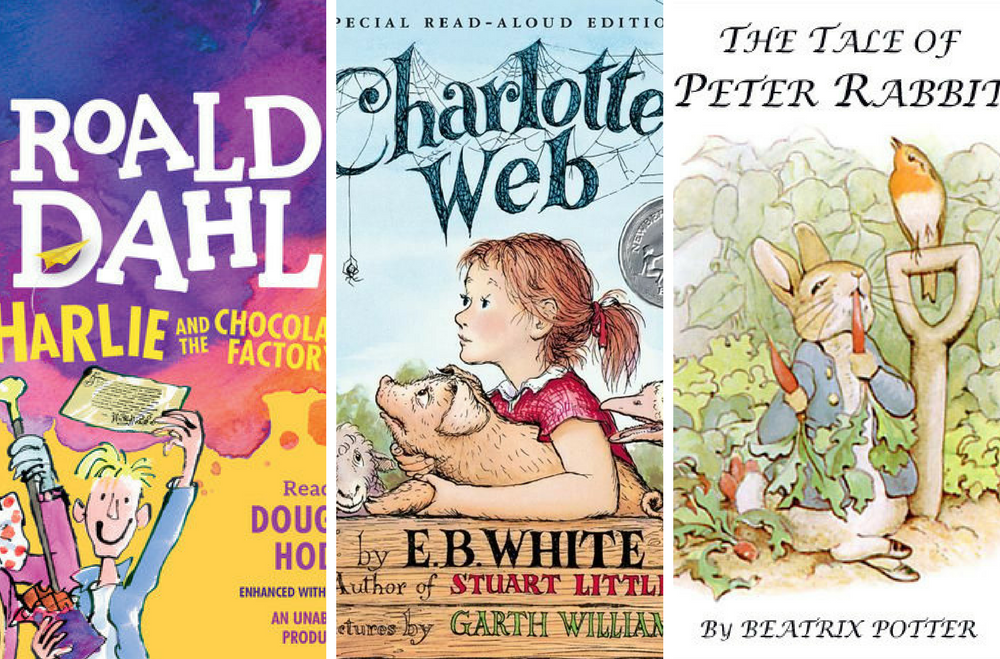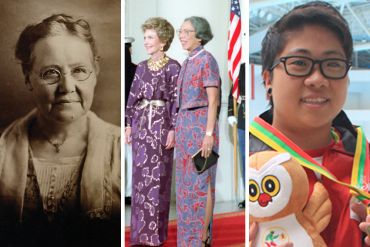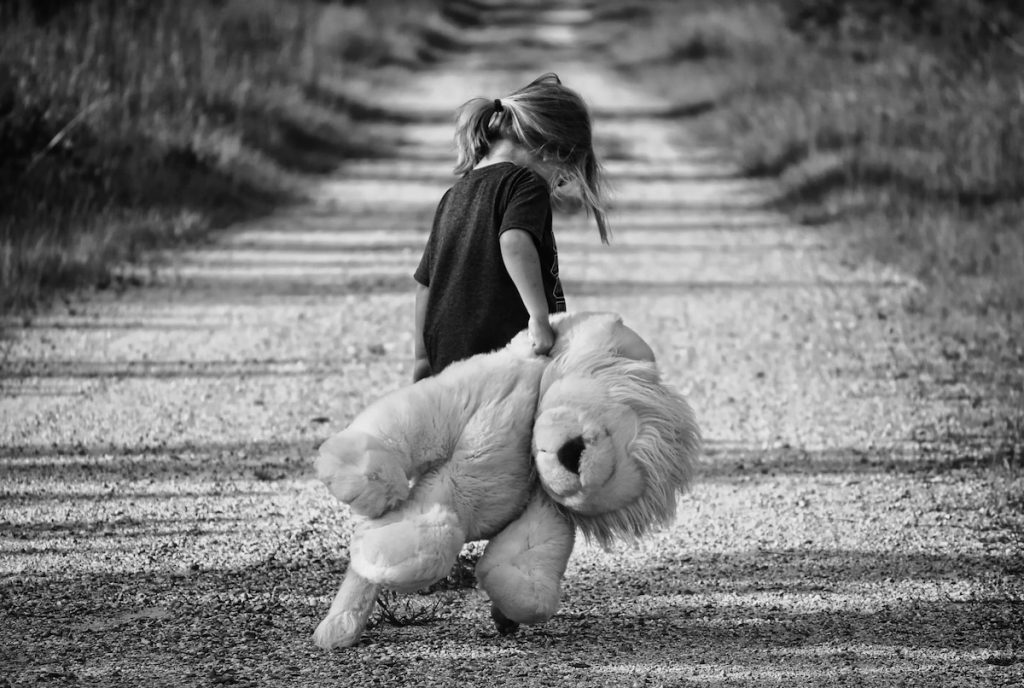Back to the classics...
With the variety of books out there these days, it’s always a familiar classic that resonates with us. Here are some classics you could share with your young reader.
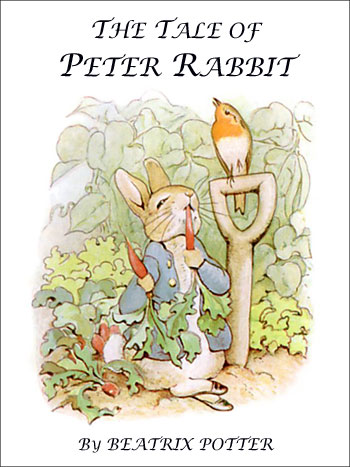
The Tale of Peter Rabbit
Book review by Jennifer Gennari
This first story by Beatrix Potter is one of her best. Everyone wants to explore forbidden things, and Peter Rabbit is no different. He sneaks into the garden, and Mr. McGregor chases him until he is quite frightened. Peter Rabbit misses dessert and learns his lesson, yet the tone is not didactic, and his mother is caring.
TALK TO YOUR KIDS ABOUT
Families can talk about exploring and getting into trouble. Where can you explore safely and where do your parents say you must not go?
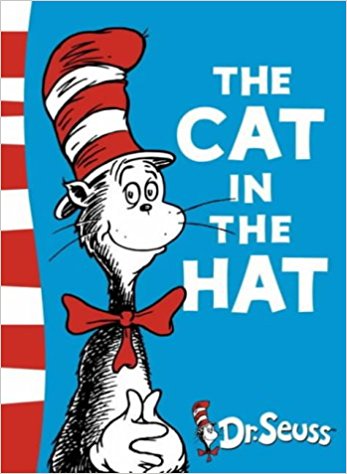
The Cat in the Hat
Book review by Robyn Raymer
This is a must-read classic for every child.
In response to a pivotal Life magazine article titled “Why Johnny Can’t Read,” children’s author Theodor S. Geisel – aka Dr. Seuss – spent over a year shuffling what must have seemed like a meager assortment of words, polishing and polishing, until he produced THE CAT IN THE HAT. And when the Cat strode into primary classrooms, boring old Puff and Spot slunk out forever.
The Cat is almost amoral: He traipses into the house, juggles possessions, and invites his odd pals to help him trash the place. (That’s why the children’s grumpy goldfish, a self-appointed baby-sitter/morality czar, is a perfect foil for the mischievous Cat.) That said, the Cat is hardly shameless. After the boy finally asserts himself and orders the fun-loving feline to “pack up those Things” and hit the road, the Cat is the picture of remorse – even his whiskers and bow tie droop.
TALK TO YOUR KIDS ABOUT
Families can talk about Dr. Seuss’s unique use of language and can even use the book to introduce the concept of rhyming. How many sets of rhyming words can you find in the text?
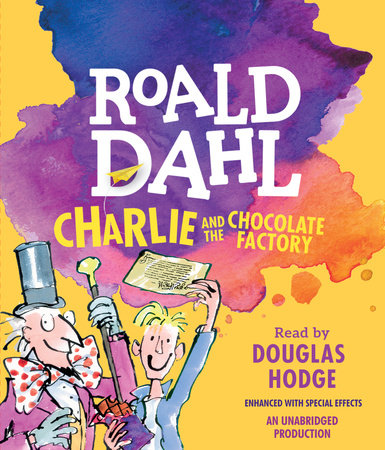
Charlie and the Chocolate Factory
Book review by Stephany Aulenback
Rarely, if ever, has a morality tale been dressed up in such an entertaining story. Roald Dahl clearly has a point to make here, but never does the reader feel he is preaching; he’s just reveling in giving spoiled kids their most perfectly just comeuppance. Dahl has peopled these pages with some highly memorable bad children, and readers everywhere love to laugh with glee at their crazy behaviour – and its consequences.
In the best fairy tale tradition, Dahl doesn’t hide the fact that the world can be a grim and unfair place. Charlie’s depressing life of poverty at the beginning of the novel reflects this bleak view. But, also in the best fairy tale tradition, Dahl appeals to the strong sense of natural justice in children, and invites them to revel in a marvelously imagined world where people, both good and bad, get exactly what they deserve. It’s also a place where they make “eatable marshmallow pillows,” “hot ice cream for cold days,” “fizzy lifting drinks” that make you float, and “rainbow drops” that let you “spit in six different colours.” And, in the end, it’s just the place for Charlie.
TALK TO YOUR KIDS ABOUT
Families can talk about the various children who win the right to tour the chocolate factory and how their flaws ultimately seal their fates.
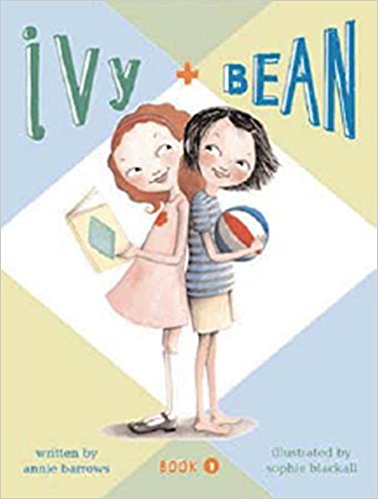
Ivy + Bean, Book 1
Book review by Pam Gelman
IVY + BEAN makes the jump to chapter books easier with its large-print, easy-to-follow text, expressive illustrations – and, most important, two colorful 7-year-old girls. Reminiscent of the classic Beverly Cleary series about Ramona, here’s another book series about friendship, silliness, pranks, adventure, getting in trouble, and challenges with siblings that’s a sure hit with kids.
So typical of real life, these girls, who are neighbors, are urged by their respective mothers to play together. Ivy appears quiet, dainty, and dutiful, and Bean is wild, dirty, and full of sass. Not until they join forces against Bean’s older sister do they discover each other’s unique qualities. Ivy is actually studying to become a witch. Bean knows how to move through the neighborhood via backyards. Here’s to the beginning of a beautiful friendship.
TALK TO YOUR KIDS ABOUT
Families can talk about the old adage, “Don’t judge a book by its cover.” Ivy and Bean had no interest in being friends when they met because each thought the other was too different. What do they discover about each other?
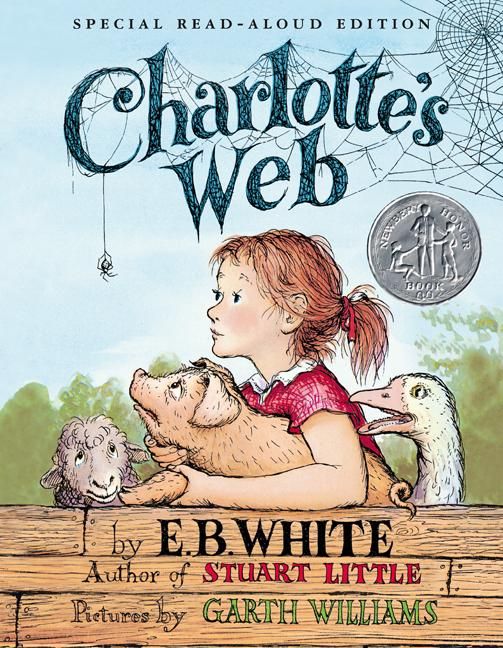
Charlotte's Web
Book review by Matt Berman
One of the all-time great classics of children’s literature, this gentle story with its kindly wisdom about friendship and love has survived and prospered even in the digital age. That’s because its themes are universal and timeless: It will inspire readers to think about how we should make and keep friends, and how we should treat each other. Though most readers will cry near the end, it’s never maudlin or sappy. Indeed, it’s New Yorker editor and author E.B. White’s avoidance of cuteness, astringent prose, whimsical humor, and matter-of-factness about life-and-death issues that sets CHARLOTTE’S WEB apart from the pack.
His heroine is a hairy spider who sucks the blood out of flies, aided by a rat, and they’re working to save Wilbur from the reality of every working barn. Kind people can be ugly and sometimes cruel, others can be greedy but helpful, snooty but caring. The world can be harsh but also beautiful and warm. It’s a lovely fantasy grounded in reality, and perhaps that’s why kids have loved it for so long – they know when they’re being told the truth.
TALK TO YOUR KIDS ABOUT
Families can talk about the various concepts of friendship presented here. Charlotte obviously gives a lot in this relationship – what does she get in return?
Common Sense Media is an independent nonprofit organisation dedicated to helping kids thrive in a world of media and technology.



